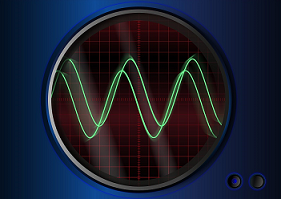News
Ultrastable Frequency Transfer in L-Band
GÉANT Whitepaper September 7, 2021
Frequency dissemination in phase-stabilised optical fibre networks for metrological frequency comparisons and precision measurements are promising candidates to overcome the limitations imposed by satellite techniques. However, in an architecture shared with telecommunication data traffic, network constraints may restrict the availability of dedicated channels in the commonly used C-band. Here, SWITCH and its partners demonstrate the dissemination of an SI-traceable ultrastable optical frequency in the L-band over a 456 km fibre network with ring topology, in which data traffic occupies the full C-band. (pdf)
Distributing New Performant Time and Frequency Services over NREN Networks
GÉANT Whitepaper August 10, 2021
This document presents the distribution of time and frequency services and existing projects in several European national research and education networks, which are members of the GÉANT 4-3 project. (pdf)
European Time and Frequency Services - Principles, Challenges and Use Cases
GÉANT Infoshare March 9, 2021
"Time & Frequency (T&F) transport as an optical service has become a hot topic for the past ten years, mainly boosted by a dramatic improvement in performance. National Metrology Institutes (NMIs) in collaboration with NRENs have demonstrated three orders of magnitude higher stability of time and frequency services than any existing commercial service over distances of at least 1,500 km, offering tremendous potential for new services in a wide range of scientific, societal and economic domains.
The Technology Readiness Level (TRL) for such T&F services is in some cases now approaching 8 (complete and qualified) or 9 (proven in operational environment), while the growth of metrological links all around the world has motivated more and more optical equipment vendors to integrate T&F features into their product portfolios. However, there is no one-fits-all solution for how to deploy T&F services. Rather, there are multiple T&F setups (unidirectional, bidirectional, quasi-bidirectional), parts of the spectrum (S-, C-, L-Band or in between), each dictated by the distinctive needs and requirements of the networks and the end-user applications. Read more...

